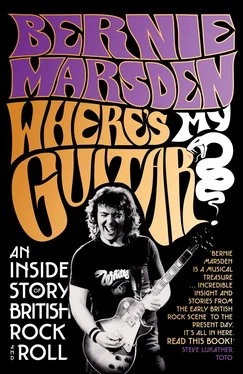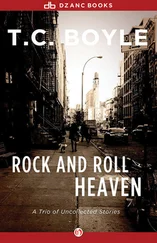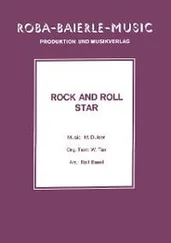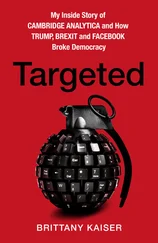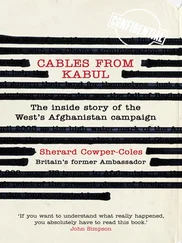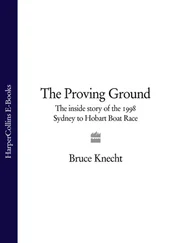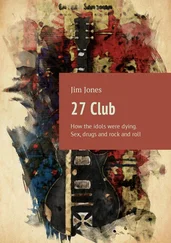Since then, as we know, he has enjoyed massive success as a player, writer, Hollywood film score composer and a member of one of the biggest bands in the world but despite all the head-turning fame, he has always kept his feet on the ground.
Recently, Bernie joined me in my home studio to play an acoustic session for my TeamRock show, Bob Harris Rocks , a full-circle moment. He has deep respect for and amazing knowledge of the players who helped influence his style and who laid the foundations of so much of the music we’ve loved and supported these past forty-six years.
It feels good to have known Bernie all this time and to have shared many great moments. They all really mean a lot. I have massive respect for him as a superb musician but even more than that, I cherish him as a friend.’
‘When I saw Bernie leaving Abbey Road Studios as I arrived, I said to him, “Turn around, man, you’re playing on my new album!” This was the best move I ever made. Bernie’s delicacy of touch hides the great power of his playing. He has that amazing quality of making every note sound like the only possible note that could be played – and that’s before you consider the depth of his sound. He is simply fantastic.’
Email from Juergen Hoelzle of FRS Radio Stuttgart: ‘In 1996 I had the pleasure of interviewing BB King for my radio show. We talked of many things, I don’t need to give you a breakdown. Well, except one thing, which it has occurred to me that you might not be even aware of. Near the end I asked, “Can white men feel and sing the blues?”
His answer surprised more than a few people and the room was buzzing when he said, “Most of them don’t ’cos they do not have the soul for it, sure they can play the blues, but that’s not the point. You have to feel the blues, you must go deep into the blues, open your mind and soul. In my opinion there are only a handful of white musicians in the world who can play the Blues like they should be played: Eric Clapton, Jeff Beck, Peter Green, Jonny Lang, John Mayall, and don’t forget that Whitesnake guy, Bernie Marsden, he got it too. It is not because of their technique, it’s also not their bluesy voices, it’s just simple, they have the blues and that’s it.’
I first met Bernie Marsden in Musicland Studios in Munich when Paice Ashton Lord (PAL) had come to town to make their debut album, Malice in Wonderland . I’d popped in to say hello. Bernie was the singer and guitarist with PAL. I found him welcoming, charming and personable. Who could have known that within a few years we’d be making Whitesnake a band to be reckoned with worldwide?
The second time I saw him was in London. PAL had folded and Bernie quite boldly suggested himself for the band I was putting together after Deep Purple. He immediately established himself by playing and singing great, and bringing his excellent sense of derisive humour to the mix, which was a huge part of early Whitesnake.
Bernie, Micky and I wrote the songs that created Whitesnake’s sonic identity and helped to make the band a household name. The vocal blend of the three of us worked refreshingly well and our choruses inspired the creation of the Almighty Whitesnake Choir – ah, sweet memories.
Bernie was truly an invaluable band-mate, friend, musician and co-composer of many of my favourite Whitesnake songs, particularly ‘Walking in the Shadow of the Blues’ and ‘Here I Go Again’, probably our most recognised and successful song. It has served us and continues to serve us very well, hasn’t it, ol’ son?
’Tis a biggie, for sure …
I am so happy we are back in each other’s good books and get to jam together whenever I have the pleasure of performing in our home country.
Happy trails, ol’ chap.
David Coverdale , Lake Tahoe, 2019
Over nearly fifty years on the road as a professional musician in different cities, countries and continents, I have often thought about Brian Davies.
Brian was a couple of years above me at secondary school in the Sixties in Buckingham, my home town just north-west of London. He was always friendly to me and was an all-round good guy. I remember him being a particularly good athlete: good at running, long jump and javelin. His girlfriend at the time was Diane Jones, someone who I secretly worshipped from my lowly position in the younger classes. I played football with him at school and later for Buckingham Town Juniors. I was a decent enough player but I always thought that he was a very good footballer.
As far as I could see, Brian Davies had it all. We got along well without being close friends. He left school two years before I did, but we still saw each other at football games and sometimes at the pub when I might have been playing the guitar. My playing had always fascinated Brian.
The last time I saw Brian was in 1970 at the corner of Buckingham’s West Street and School Lane, where we had a short chat. He said he was no longer with Diane Jones and that he hadn’t been able to play football much of late. I told him that I still wanted to be a professional musician; Brian and I had often talked about our dreams. I thought he looked a little grey. Under his arm he carried an old-fashioned glass medicine bottle full of a lurid green liquid. I told him not to drink too much of it: whatever was inside looked as though it might kill him. I could not have been more wrong about that – he had actually been prescribed it to treat a cancer, Hodgkin’s lymphoma. Brian passed away later that same year. I was deeply shocked. He was so young, just 21, and I was only 19. Brian had always encouraged me to be a professional musician. He championed my ability and said that I shouldn’t ever give up. I still think about Brian Davies a lot.
At every milestone I have reached, a little piece of Brian has been there with me. Whether it was stepping off the plane for the first time in Japan, getting the phone call to say ‘Here I Go Again’ had reached US No. 1, or receiving my honorary degree from the University of Buckingham, I’ve always thought of him.
1.
New York, New York, 1980
On 9 October 1980, the Whitesnake tour bus driver drove over the Brooklyn Bridge and into Manhattan. My mind was racing and I was full of excitement although I tried to appear cool. At last I was in New York City.
David Coverdale walked up the bus, smiling, and shook my hand. He knew what it meant to me. He had been the one to shake my hand the first time I landed in the USA, in San Francisco. He had felt the same the first time he came here, with Deep Purple. I stared at the skyscrapers. It seemed as though there were so many. I couldn’t wait to see Times Square, the Brill Building, Radio City, and Carnegie Hall.
My thoughts drifted to the shows I had done at school concerts, carnivals, wedding receptions, pubs and birthday parties, and in village halls. I felt a huge sense of nostalgia. I looked around the bus, taking in the musicians I was playing with: Jon Lord, Ian Paice, Neil Murray, Micky Moody, and David Coverdale, all now in the same band as me.
Madison Square Garden – here I come.
This had been a huge goal for me since my teenage years, when I listened to live boxing on my portable radio from MSG. I explored the venue by myself when we arrived. I felt like a kid. I wanted to find those boxing dressing rooms and be able to stand in the very spots Joe Louis, Rocky Marciano, Joe Frazier, Muhammad Ali and the Raging Bull himself, Jake La Motta, prepared for the biggest fights of their lives. Marilyn Monroe sang ‘Happy Birthday’ to JFK here, and the likes of the Jackson 5, Stevie Wonder and Alice Cooper had performed there.
Читать дальше
